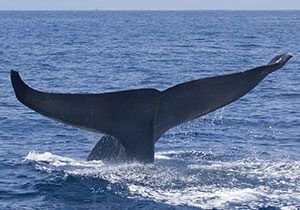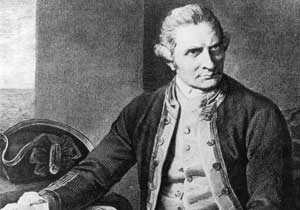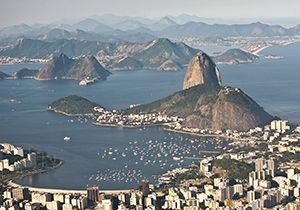
Neil Armstrong primary resource
Discover who Neil Armstrong was and how he became the first man to step foot on the Moon
This primary resource helps children to learn about the Moon landing – the first time that man stepped foot on the Moon. Discover who Neil Armstrong was, and how he avoided tragedy on the surface of the Moon in this easy to read comic. When did Apollo 11 make its historic landing? What did Neil Armstrong say on the recording he sent back to Earth? What did he do after retiring from space travel?
Pupils will learn about Neil Armstrong’s background and how it prepared him for his time as an astronaut in our National Geographic Kids’ History and Space primary resource sheet.
The teaching resource can be used in study group tasks for a simple explanation of this significant event in history, as a printed handout for each pupil to read themselves, or for display on the interactive whiteboard, as part of a whole class reading exercise.
Activity: Ask the children to write a newspaper article about Neil Armstrong’s first steps on the Moon. Can they view an actual newspaper from 21 July 1969, detailing the Moon landing? (These can be found online). Ask pupils to imagine they are taking the first steps on the Moon and write a descriptive piece about what they can see, hear and what they can feel through their space suit.
N.B. The following information for mapping the resource documents to the school curriculum is specifically tailored to the English National Curriculum and Scottish Curriculum for Excellence. We are currently working to bring specifically tailored curriculum resource links for our other territories; including South Africa, Australia and New Zealand. If you have any queries about our upcoming curriculum resource links, please email: schools@ngkids.co.uk
This History primary resource assists with teaching the following History objectives from the National Curriculum:
- Gain historical perspective by placing their growing knowledge into different contexts, understanding the connections between local, regional, national and international history; between cultural, economic, military, political, religious and social history; and between short- and long-term timescales.
National Curriculum Key Stage 1 History objective:
- Pupils should be taught: the lives of significant individuals in the past who have contributed to national and international achievements. Some should be used to compare aspects of life in different periods [for example, Elizabeth I and Queen Victoria, Christopher Columbus and Neil Armstrong, William Caxton and Tim Berners-Lee, Pieter Bruegel the Elder and LS Lowry, Rosa Parks and Emily Davison, Mary Seacole and/or Florence Nightingale and Edith Cavell]
As a Science primary resource, this resource assists with teaching the following Upper Key Stage 2 Science (Year 5) objectives from the National Curriculum:
Pupils should be taught:
- describe the movement of the Moon relative to the Earth
- describe the Sun, Earth and Moon as approximately spherical bodies
This History primary resource assists with teaching the following Social Studies Second level objective from the Scottish Curriculum for Excellence:
- I can discuss why people and events from a particular time in the past were important, placing them within a historical sequence
As a Science primary resource, this resource assists with teaching the following Sciences Early level objectives from the Scottish Curriculum for Excellence:
- I have experienced the wonder of looking at the vastness of the sky, and can recognise the sun, moon and stars and link them to daily patterns of life.
Scottish Curriculum for Excellence Sciences First level objectives:
- By safely observing and recording the sun and moon at various times, I can describe their patterns of movement and changes over time. I can relate these to the length of a day, a month and a year.
Scottish Curriculum for Excellence Sciences Second level objectives:
- By observing and researching features of our solar system, I can use simple models to communicate my understanding of size, scale, time and relative motion within it.
Download primary resource
More Like

10 blue whale facts

The adventures of Captain Cook!

Brazil facts: discover this super-cool country!









LEAVE A COMMENT
THANK YOU
Your comment will be checked and approved shortly.
WELL DONE,
YOUR COMMENT
HAS BEEN ADDED!
COMMENTS
very good
CUSTOMIZE YOUR AVATAR